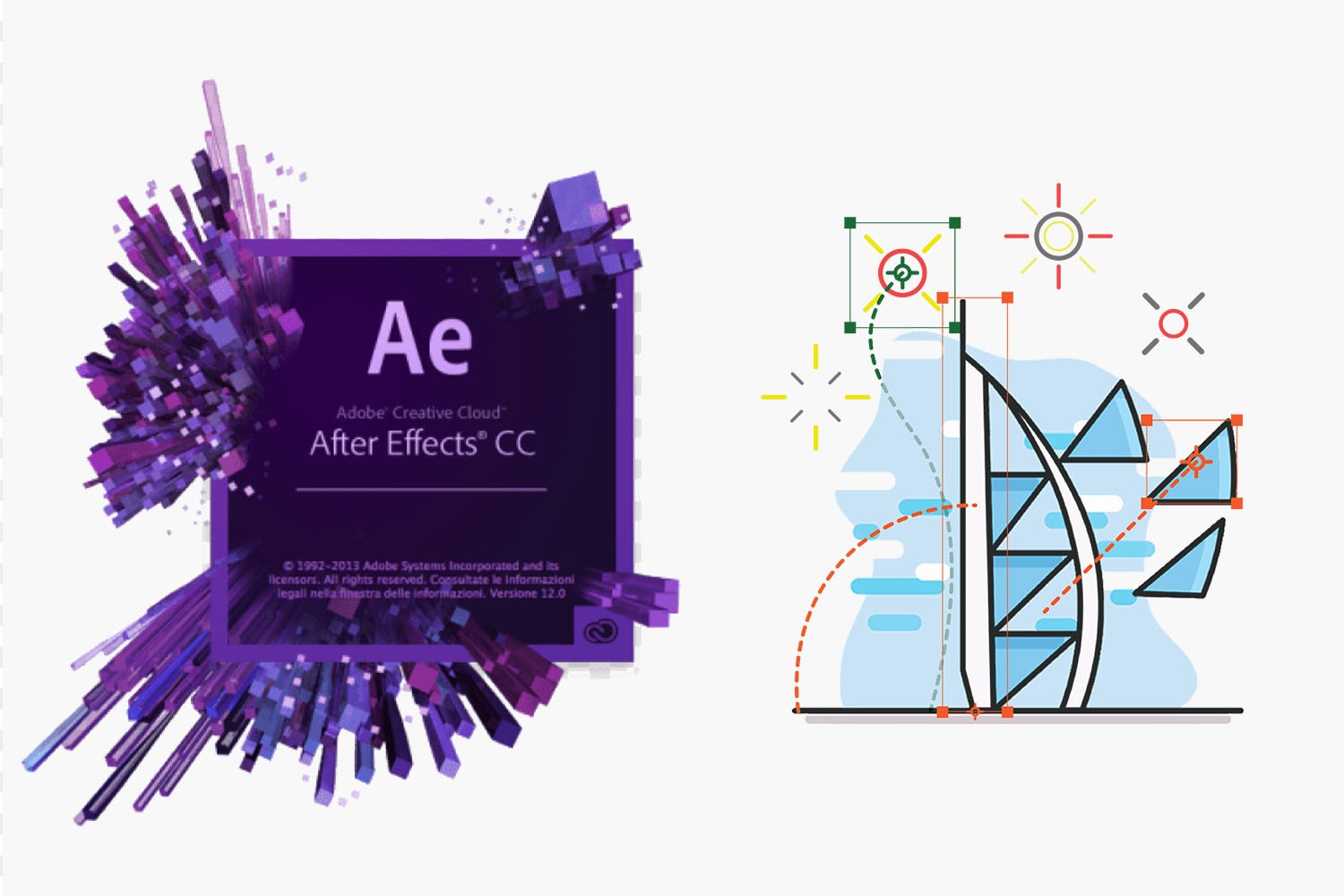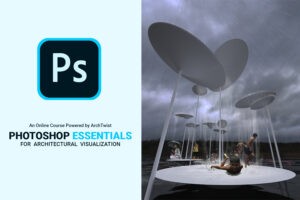
Beginner’s Guide to Blender
This carefully structured course will include the fundamentals of Blender 3.2 along with tips and tricks learned through years of experience.

Any presentation or product advertisement becomes more engaging and attracts more people in the form of video. This is a beginner course that will go through the basics of 2D animation, Presentation, motion graphics and infographics.
Adobe After Effects is a digital animation software that is considered an industry standard for visual effects and motion graphics. With it, one can take filmmaking and editing to the next level. Objects or backgrounds can be removed from video footage and replaced with new content. Logos, text, or doodles can be inserted into the frame and animated. Shaky scenes can be smoothed, weather elements added, and flat shapes converted into three-dimensional images. Simply put, After Effects lets artists digitally perfect whatever was caught on camera, regardless of skill level. From home movies to class projects to professionally shot videos, After Effects provides the tools necessary to make one’s vision a reality.
This course will give a basic knowledge in keyframes, shapes and layers, effects, expressions and plugins which will give a deep understanding in different styles of 2D animations in After Effects.
Upon completion of Course contents, tasks will be provided by the instructor to evaluate the understanding level of the participants. The tasks should be completed within the given timeframe and uploaded to the submission portal. Evaluating the submissions, Certificates will be provided to all the participants.
Abrar Ahmed Fidvi
B.Arch (Level-5,Term-1)
Department of Architecture,
Bangladesh University of Engineering and Technology, BUET
Contact and Query: learn@archtwist.com

This carefully structured course will include the fundamentals of Blender 3.2 along with tips and tricks learned through years of experience.

This course will teach you how to use Autodesk Revit in an easy and straightforward manner. Also discussed is how Autodesk Revit can be used to model shapes, structures, and systems in 3D with parametric accuracy, precision, and ease, as well as documentation work, including quick modifications to plans, elevations, schedules, and sections as projects evolve.

This course is aimed to help you understand how you can use only photoshop to produce presentable drawings from generic 3D scene or hand drawings.